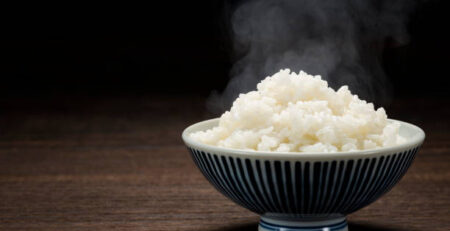Nutrition Source of Rice & Type of Rice
Rice is a type of cereal grain that is a staple food for over half of the world’s population. It is a versatile and nutritious food that provides a rich source of carbohydrates, protein, fiber, and essential vitamins and minerals. Rice is grown in many regions around the world, and is an important source of income and livelihood for millions of people.
Rice is a member of the grass family, and is one of the most widely cultivated crops in the world. It is believed to have originated in Asia over 10,000 years ago, and has since been grown in many different parts of the world. Rice is typically grown in flooded paddies, which provide a rich and fertile growing environment for the plants.
There are many different types of rice, each with their own unique flavor, texture, and nutritional profile. Some of the most popular types of rice include white rice, brown rice, wild rice, and basmati rice. White rice is the most commonly consumed type of rice, and is milled to remove the outer husk, bran, and germ, resulting in a grain that is light and fluffy. Brown rice, on the other hand, retains the bran and germ layers, which makes it more nutritious and flavorful.
Wild rice is a type of grass that is native to North America, and is a popular ingredient in many traditional dishes. It is known for its distinctive nutty flavor and chewy texture, and is a good source of protein, fiber, and essential vitamins and minerals. Basmati rice is a long-grain rice that is grown in India and Pakistan, and is known for its fragrant aroma and delicate flavor. It is a popular choice for dishes such as biryani and pilaf, and is often used in Middle Eastern and Indian cuisine.
In summary, rice is a versatile and nutritious food that is a staple for many people around the world. There are many different types of rice, each with their own unique flavor, texture, and nutritional profile, making it a popular ingredient in a wide range of dishes.







